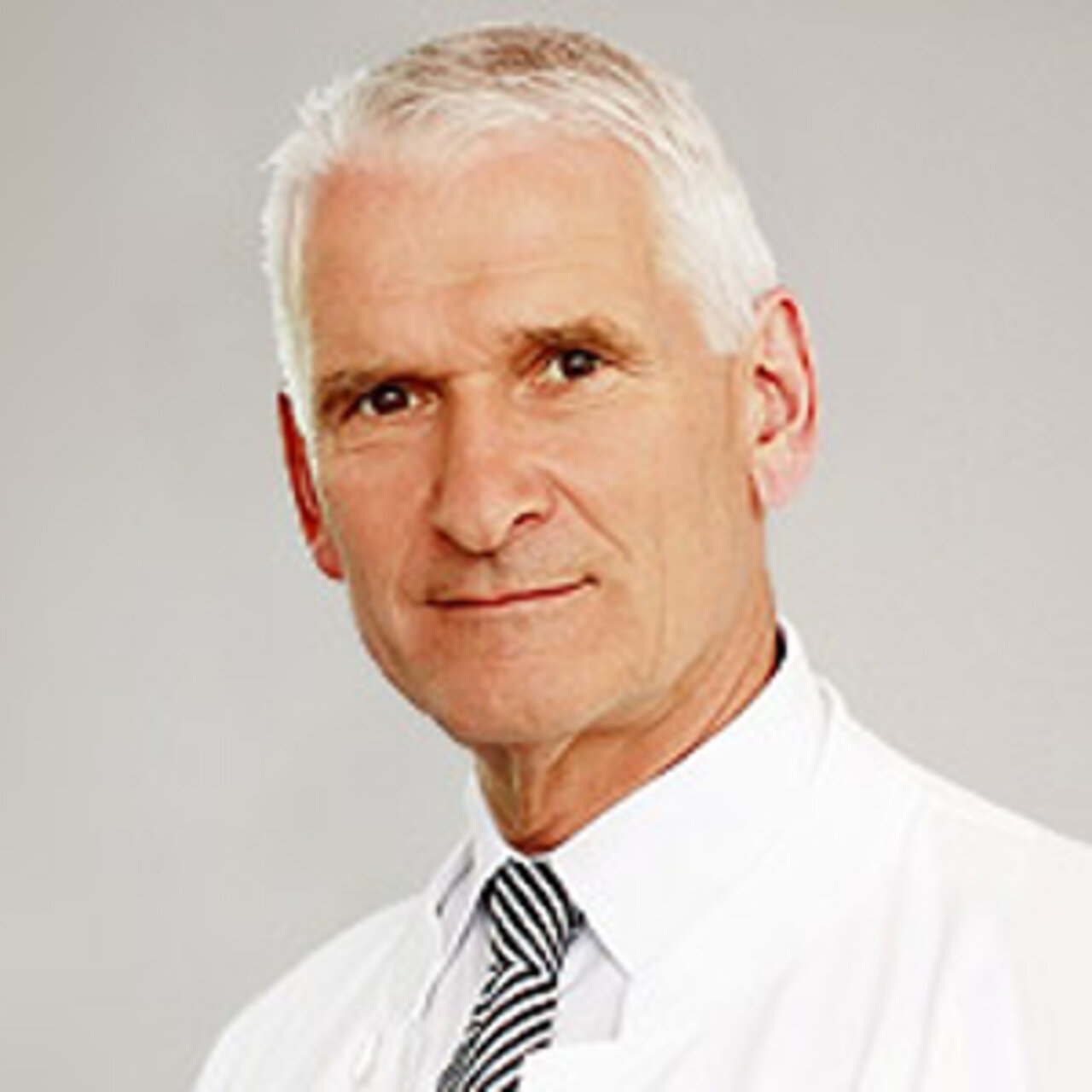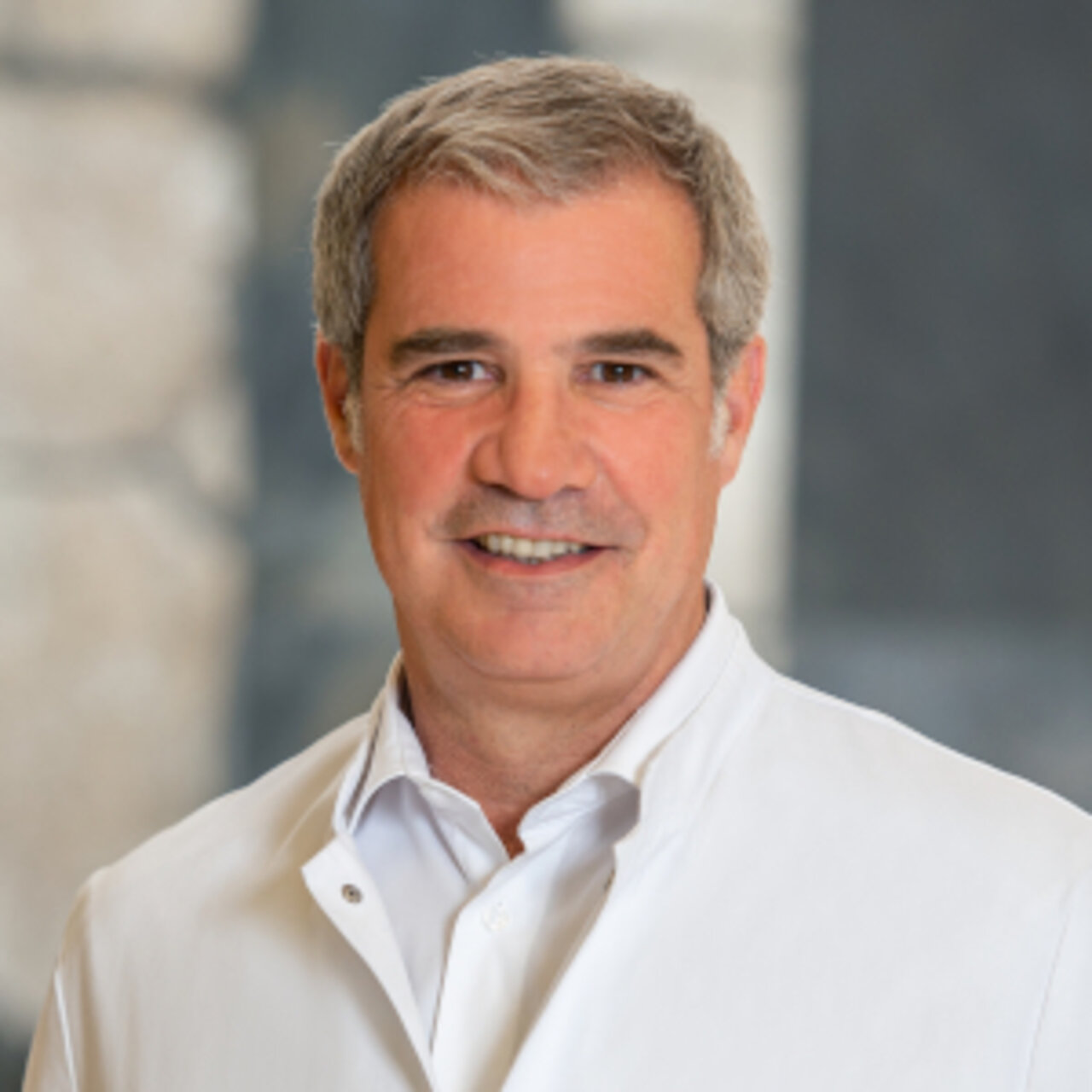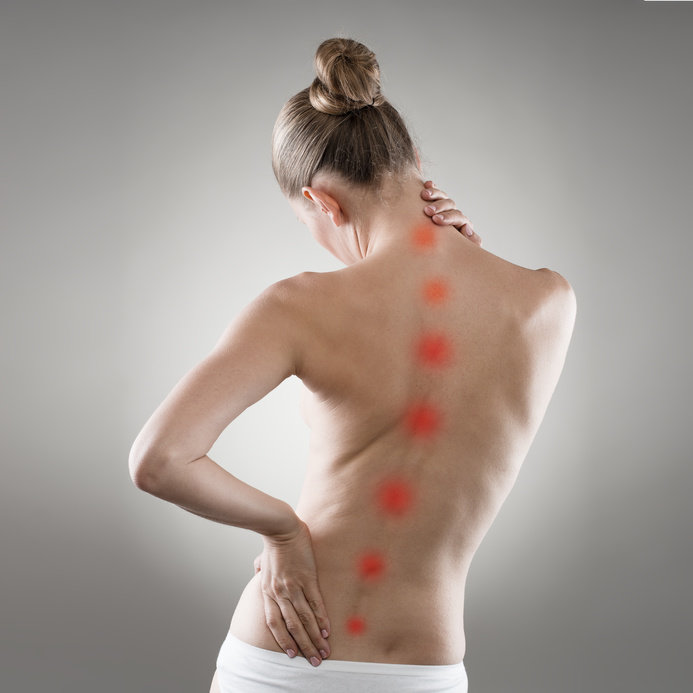Specialists in Scoliosis
2 Specialists found
Information About the Field of Scoliosis
What is Scoliosis?
Scoliosis is a spinal deformation and refers to a lateral bending of the backbone with rotations of individual torso and spine sections against each other. The side profile (view from the side) is mostly disfigured as well. Therefore, this condition appears as a three-dimensional deformity or shape deviation in all dimensions. In the Adam's Bending Test, abnormalities of the spine such as asymmetry are best recognized (Rib hump, lumbar bulge).
Scoliosis can have several causes, but in most cases the reason is unknown and is therefore called idiopathic scoliosis. Idiopathic scoliosis includes three stages: infantile scoliosis which lasts until the age of three, juvenile scoliosis, which occurs between the ages four and ten, and adolescence scoliosis, which occurs after the age of ten.
In addition, there is the so-called congenital scoliosis, which is caused by bone and rib malformations, as well as neuromuscular scoliosis, which is due to diseased nerves and muscles. Finally, there is neuromuscular scoliosis, which is a result of other aspects such as tumors or metabolic diseases. The alleged infant scoliosis or positional deformity is benign and has nothing in common with the other types of scoliosis referred to above.
Scoliosis in Children
Scoliosis of unknown cause occurs in 2 - 4% of all children and adolescents, but only about 0.5% of all children and adolescents require treatment for scoliosis. During periods of strong growth it can sometimes lead to drastic deviations in curvature, which, in addition to the cosmetic impairments, rarely lead to medically important functional limitations.
Symptoms of Scoliosis
Scoliosis is usually discovered in puberty, for example at the swimming pool. Most scolioses do not lead to significant health impairments. Accordingly, they are rather cosmetically significant. However, even moderate curvatures lead to slight limitations of the spine and respiratory function. Generally speaking, scoliosis does not necessarily lead to increased pain levels and life-shortening impairments of respiratory function. According to a Swedish study, these limitations only occur at curvatures of more than 100°.
How is Scoliosis diagnosed?
The clinical examination is particularly important for the diagnosis. If the patient bends forward, the scoliotic malposition is clearly visible (Adam's Bending Test). Thereby, the extent of the rib hump and thus the degree of rotation is measured with the so-called Scoliometer®.
The deviation from the normally vertical body position is also important and can be documented photographically or by surface measurement (e.g., Formetric®). Many scolioses can also be recognized by the fact that the shoulder blades are of different heights.
In addition, an X-ray can be used to evaluate the shape and severity of scoliosis and to measure the angle of curvature (according to Cobb). Furthermore, X-ray images (pelvis, left hand) can be used to estimate the residual growth of the spine and to derive an exact prognosis of the further progress.
What is Therapy for Scoliosis like?
The treatment of scoliosis should be carried out by an experienced scoliosis specialist. The choice of treatment method depends on the patient’s age and the severity of the deformation (Cobb angle).
Scoliosis Corset and Physiotherapy
At a Cobb angle of fewer than 20 degrees, physiotherapy is recommended as a sole treatment. Recently, as an alternative, the early night care with a corset is recommended at curvatures of more than 15° during growing age. If the angle is greater than that, physiotherapy and corset care for 16 - 23 hours a day is initiated. The corset is intended to influence the growth direction of the spine. Of course, only good curvature correction of the corset can make this possible.
The corset treatment after plaster casting is increasingly replaced by CAD-based procedure (computer-aided design after scan). This can nowadays be done without major grievance. There are already standardized corset libraries available which can be further improved in terms of comfort and correction effect.
When to start Scoliosis Surgery?
Surgery is often recommended at a Cobb angle of more than 45 degrees. An operation’s aim is to correct the malposition. At best, surgery should be performed towards the end of growth. During incision, the spine is fixed and stiffened with implants. Subsequently, mobility in the fixed area of the chest is revoked, which, however, does not impose any limitations to the patient.
To correct the deformation, rods with screws are attached at the top and bottom end of the pre-corrected spine. Nowadays, paraplegia due to spinal cord injury is rare. However, since many complications occur not until five to twenty years, the long-term prognosis after surgery is uncertain. There is still no evidence that a scoliosis operation improves the symptoms of scoliosis in the long run.
Can Scoliosis be Cured?
The prognosis of scoliosis depends on age, severity, as well as on the cause of scoliosis. However, the growth of the spine in young patients can be influenced and corrected by a good quality corset. Thus, good conservative treatment (corrective physiotherapy and highly corrective corset care) can successfully influence the extent of spinal deformity at young age.
Which Doctors and Clinics Specialize in Scoliosis in Germany?
Anyone who suffers from scoliosis wants the best medical care. That is why the patient wonders where to find the best clinic for scoliosis? Since this question cannot be answered objectively and a serious doctor would never claim he is the best, one can only rely on the physician’s experience. It can be assumed that the more scoliosis treatments a doctor has performed, the more competent he has become in his area of expertise.
Thus, specialists in scoliosis are orthopedists who specialize in the treatment of spinal curvatures. Through their knowledge and many years of experience as orthopedic surgeons with a focus on scoliosis, they are the right contact individuals for diagnosis and therapy.
Sources:
- Lonstein J. Patient Evaluation. Moe’s Textbook of Scoliosis and Other Spinal Deformities. 1995:45 – 86.
- Winter R. Classification and Terminology. In: Lonstein JE BD, Winter RB, Ogilvie JW, editor. Moe’s Textbook of Scoliosis and other Spinal Deformities. 3rd. ed. Philadelphia: WB Saunders; 1995.
- Asher M, Burton D. Adolescent idiopathic scoliosis: natural history and long term treatment effects. Scoliosis. 2006;1(1):2.
- Bradford DS, Moe JH, Montalvo FJ, Winter RB. Scheuermann’s kyphosis. Results of surgical treatment by posterior spine arthrodesis in twenty-two patients. J Bone Joint Surg Am. 1975;57(4):439-48.
- Weiss H-R, Turnbull D, Bohr S. Brace treatment for patients with Scheuermann’s disease – a review of the literature and first experiences with a new brace design. Scoliosis. 2009;4(1):22.
- Weiss HR, Werkmann M. Treatment of pectus carinatum with a brace – a case report. Scoliosis. 2012;7 Suppl 1.
- Weiss H, Lehnert-Schroth, C, Moramarco, M, Moramarco, K. Schroth Therapy – Advancements in Conservative Scoliosis Treatment. LAP 2015.
Medical Articles
The treatment of scoliosis in transition - When is surgery necessary?
Scoliosis is a lateral deviation of the spine. This usually involves torsion of the individual trunk sections as well as a change in the side…


